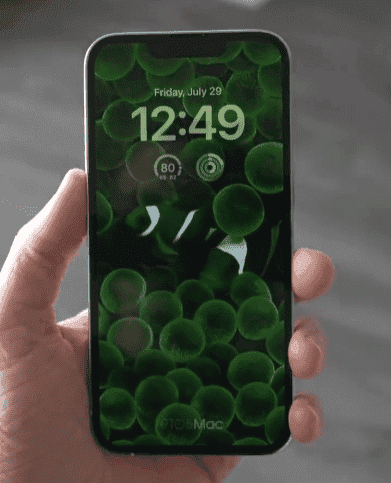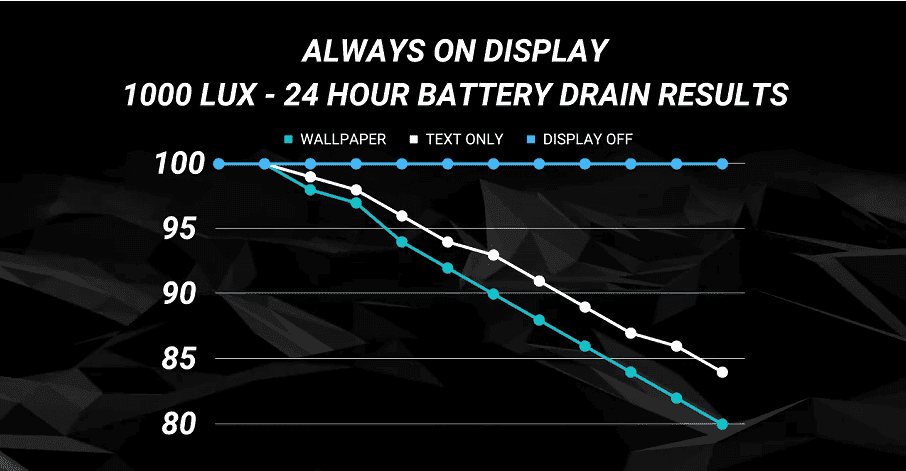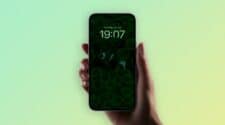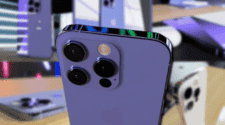Apple is not a brand that joins the bandwagon as soon as a new feature is peddled in the market. In many cases, the company takes its time to look at the feature and how it will best serve the interest of the company and its users. Fortunately for Apple, it has a very patient and loyal fanbase that will wait for the iPhone version. The Always-On-Display (AOD) feature has been on Android for several years. However, the iPhone 14 series is the first iPhone that comes with this feature.

Unlike Android, the AOD feature of the iPhone 14 Pro can display full-screen wallpapers. This is actually somewhat different from what the AOD feature on Android does. In subsequent updates, Apple added the regular “text display AOD” that we already know in the Android system. Nevertheless, many users are still worried that this feature will consume a lot of power.
iPhone 14 AOD test
However, a recent test by YouTuber, PhoneBuff reveals that this feature does not consume so much power. The test reveals results in three settings. One with Wallpaper AOD active, another with test AOD active and the last with an inactive AOD.
On average, when wallpaper AOD is on, the device has a 0.8% drop per hour. If you use the text AOD, the device will drop 0.6% per hour. In an extreme 24-hour wallpaper use, this device (iPhone 14 Pro) will drop from 100% to 80%. However, under the same condition for text AOD, the battery will drop to 84%. This test result is somewhat consistent with PhoneArena’s test a few months ago.

The positive side of these tests is that they are carried out in extreme conditions. This means that under normal usage, the battery will perform much better. Thus, we can see that the AOD feature consumes little power from the device. However, if you are going out and will not have access to charge, you may want to turn off AOD to save a little power.




